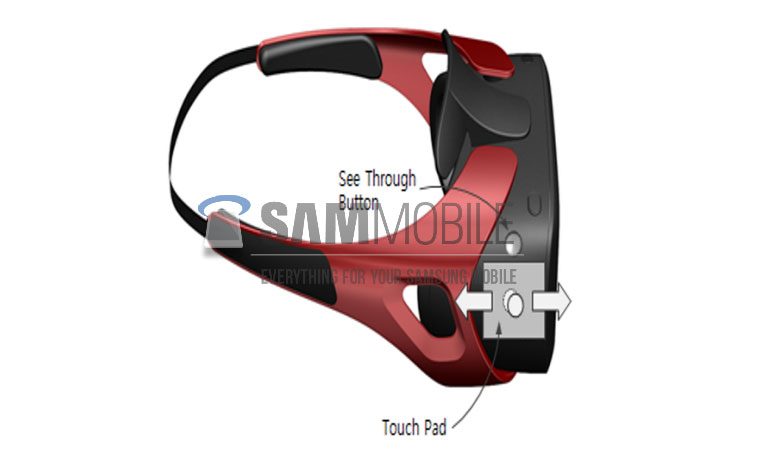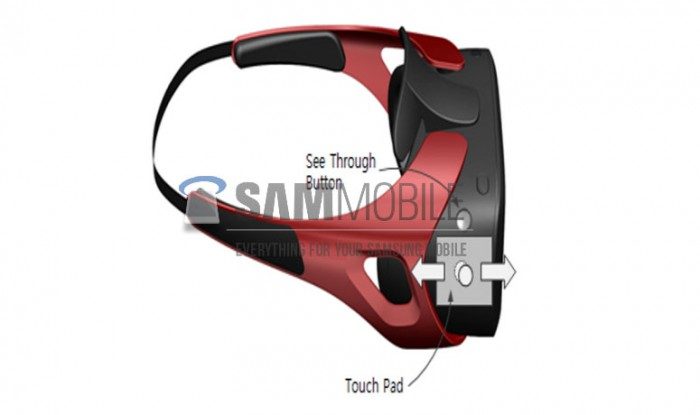An exclusive report from SamMobile has dug up what it alleges are official assets surrounding Samsung’s rumored VR smartphone adapter. The report claims that the device will be called ‘Gear VR’ and be announced at IFA 2014 in early September.
Samsung Gear VR is a rumored VR smartphone adapter that’s supposedly being made in collaboration between Oculus VR and Samsung. Rumors suggest that the headset itself is being made by Samsung while Oculus is providing the SDK to power the experience. The device is described as a VR smartphone adapter which will join with a Samsung smartphone, utilizing its screen, processor, and sensors, to form a VR headset. The benefit of course is lowering cost by taking advantage of smartphone hardware, which many people already own.
A report published today by SamMobile includes assets which the site indicates are official. If so, this would confirm the name ‘Gear VR’ for the device. Samsung also markets a line of smart watches which fall under the Gear name.
Also revealed by SamMobile is what’s purported to be a rendering of Gear VR, with indications that there will be a touchpad on the side for interacting with the phone while docked in the unit. Another label on the photo points to a “See Through Button” which, when pressed, uses the phone’s rear-facing camera to reveal the world outside the headset, according to the report.
Rumors suggest that the relationship between Samsung and Oculus may also involve Samsung manufacturing displays for the forthcoming consumer version of the Oculus Rift. There is substantial evidence to suggest that the Oculus Rift DK2 is already using a Samsung display.
The SamMobile report goes on to say that Gear VR will be announced alongside the Galaxy Note 4 early in September at IFA 2014, one of the world’s biggest consumer electronics shows, which will be held on September 5–10 in Berlin, Germany.
The source of the information and assets has not been revealed, we’re still filing this under ‘rumor’ for the time being.








